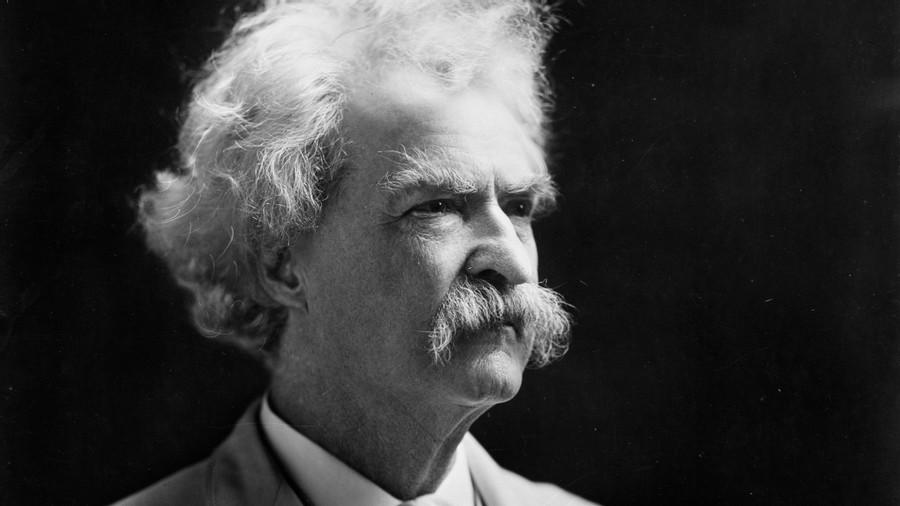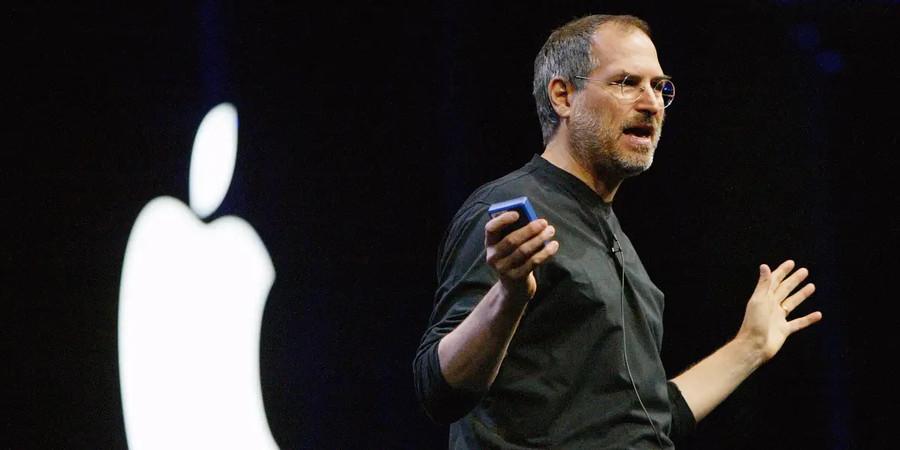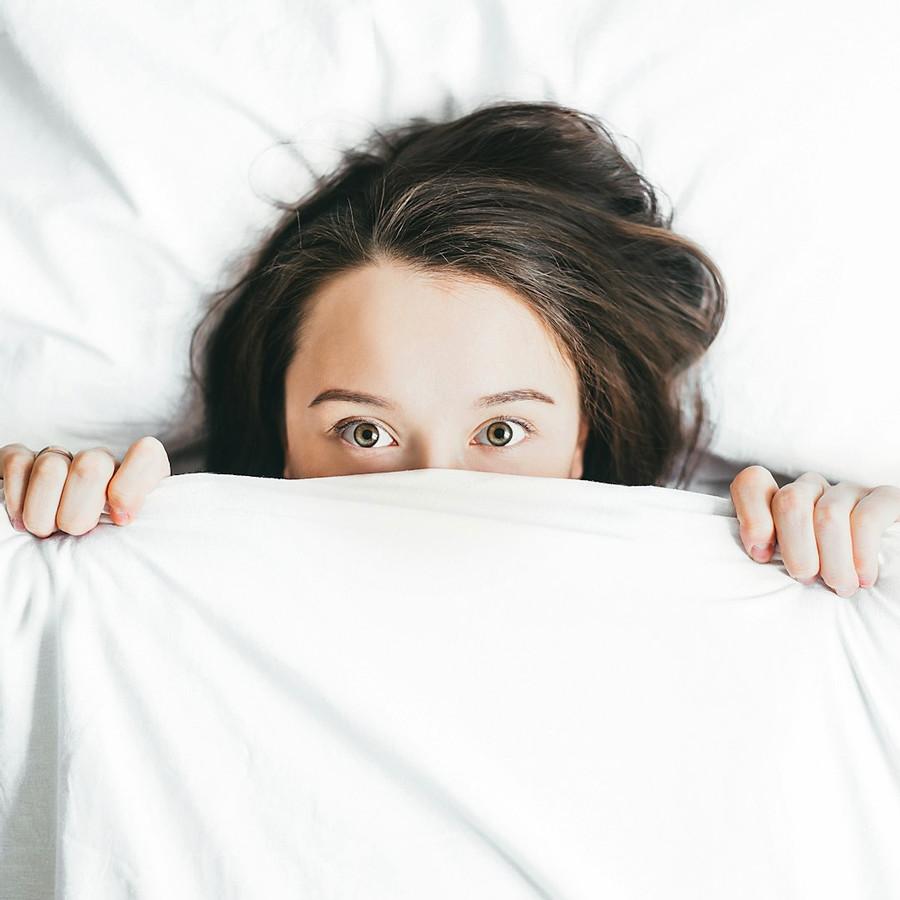Explore the World's Best Ideas
Join today and uncover 100+ curated journeys from 50+ topics. Unlock access to our mobile app with extensive features.
Public Speaking
- Public speaking is scary. So scary that a number of surveys and studies have found that people rank public speaking ahead of death on a list of their greatest fears.
- It’s a critical skill sets for your career and life. Confident, powerful public speaking—whether informal or formal—will accelerate your personal and professional life.
- Avoid memorization, study the best, strike a power pose, practice relentlessly, find the anxiety killers, play the lava game, slow down to 0.75x, engage the audience, implement a storytelling structure, move with purpose, never self-sabotage, and cut the fear.
227
2.38K reads
230
3.08K reads
Avoid Memorization
When we’re nervous for a speech, toast, presentation, or talk, our bias is to memorize the content word-for-word.
We memorize in a valiant effort to avoid screwing up.
Ironically, memorization often has the opposite effect.
When you memorize material, one tiny slip-up can throw you off. You only know the material in one fixed direction, so you're unable to adapt. All it takes is a glitch in the slides, an off-track question from the audience, or a slight stumble in your opener and all of your preparation is out the window.
199
1.81K reads
The Alternative To Memorization
- Focus on a few key moments. Perfect the opening line, transitions, and closing. When you nail these, you create momentum—with the audience and yourself. It instills a confidence you can build on. Manufacture these small "wins" that compound.
- Create “lego blocks” that you can piece together. Hone small chunks of stories and ideas that you can naturally weave together depending on the situation. You’ll be able to pick and choose from your toolkit and be more dynamic in the moment.
232
1.68K reads
Study the Best
Identify 3-5 speakers you admire.
Go on YouTube and find videos of each one delivering a speech.
Slow down the playback speed and take notes.
Study the following:
- Structure: How are they structuring their talk?
- Cadence: What is the pacing of their words? When are they pausing and when are they accelerating?
- Tone: When are they raising their voice? When are they lowering it?
- Movement and Gestures: Note their movement on the stage (if any). How are they gesturing?
- Audience Engagement: How are they engaging with the audience?
233
1.44K reads
Strike a Power Pose
Executing power poses can actually create feelings of confidence and power. (The science behind this is now heavily-contested.)
Before your next talk or presentation, find a quiet place, take a few deep breaths, and raise your arms high and wide, triumphantly over your head. Speak a few positive affirmations to yourself. Then go out and crush it.
198
1.37K reads
Practice Relentlessly
Capitalize on every opportunity to practice—both for a specific event and for the skill more broadly.
When practicing for a specific event, start by doing it in private to remove the fear. Use your phone to record and watch your performance. Then transition to practicing in front of an audience of one—ideally an intellectual sparring partner—who you can ask for candid feedback.
182
1.26K reads
Find the Anxiety Killers
There are always a few people in the audience who are prone to smiling, nodding, and engaging positively. Their positive engagement kills your anxiety.
At the beginning of your speech, scan the front of the crowd as you hit your opening lines. Identify the few people who smile, make warm eye contact, and nod.
These are your Anxiety Killers!
If you ever start to feel the tinge of nerves during the speech, turn your gaze to them to get a jolt of quick confidence.
202
1.21K reads
Play the Lava Game
As a kid, I remember playing a game where parts of the floor are “lava” that you can't touch.
During a speech, I try to play a similar game. I think of my pockets and torso as “lava”—I can't touch them.
This simple framing forces you to get your arms away from your body, gesture broadly, and embody confidence.
199
1.26K reads
Slow Down to 0.75x
When we get nervous, our natural tendency is to speed up—to get to the end faster.
To fight it, think about trying to speak on 0.75x speed. It should feel almost uncomfortably slow.
Pause and breathe frequently. The best speakers take long, dramatic pauses (you’ll notice this from your studying of the best!). Use these pauses as a chance to gather yourself and slow down.
200
1.18K reads
Engage the Audience
There is so much pent up energy in a room—it often manifests as tension.
You can feel it as a speaker when the audience is stagnant. There’s all this potential energy that needs to be released.
You can dramatically reduce the tension in a room by creating action and movement—by converting that potential energy to kinetic energy.
Ask a simple question, survey the audience, request they do something. Find a way to get the audience active. They'll feel more alert and you'll find a more welcoming, loose environment.
191
1.05K reads
Storytelling Structure
The best public speakers don't deliver a speech—they tell a story. They take the audience on a journey.
Create a storytelling structure that is familiar and easy to follow. It's often helpful to be clear and explicit about that structure upfront.
- First, describe the reality (“what is”).
- Next, describe the potential future (“what could be”).
- Repeat.
- Finish with an ending promise (“new normal”).
This framework forces you to create contrasts to craft a captivating narrative for the audience.
236
1.11K reads
Move With Purpose
Pacing around the room or stage like you're on the phone with your middle school crush isn't helpful.
Take slow, methodical, purposeful steps.
There are people who move to move—and then there are people who move with intention, who are going places.
Be the latter.
186
1.06K reads
Never Self-Sabotage
When you're feeling nervous or uncertain, there's a tendency to self-sabotage.
We tell the audience we're nervous, we make fun of ourselves, we make ourselves small physically by crossing our arms and creating a barrier between us and them.
Don't do this. It's okay to be vulnerable, but there's a line.
188
1.03K reads
Cut the Fear
We have a tendency to hype up our fears.
Always remember: the worst case scenario really isn't that bad. No matter how it goes, you’ll be just fine. Life will move on.
Plus, the audience is generally rooting for you! They place themselves in your shoes, so they want you to do well. They're on your side.
181
1.05K reads
IDEAS CURATED BY
CURATOR'S NOTE
The Public Speaking Guide Wwe all were asking for.
“
Brooklyn Z.'s ideas are part of this journey:
Learn more about communication with this collection
How to adapt to different speaking situations
How to engage with an audience
How to use body language effectively
Related collections
Similar ideas
Read & Learn
20x Faster
without
deepstash
with
deepstash
with
deepstash
Personalized microlearning
—
100+ Learning Journeys
—
Access to 200,000+ ideas
—
Access to the mobile app
—
Unlimited idea saving
—
—
Unlimited history
—
—
Unlimited listening to ideas
—
—
Downloading & offline access
—
—
Supercharge your mind with one idea per day
Enter your email and spend 1 minute every day to learn something new.
I agree to receive email updates















